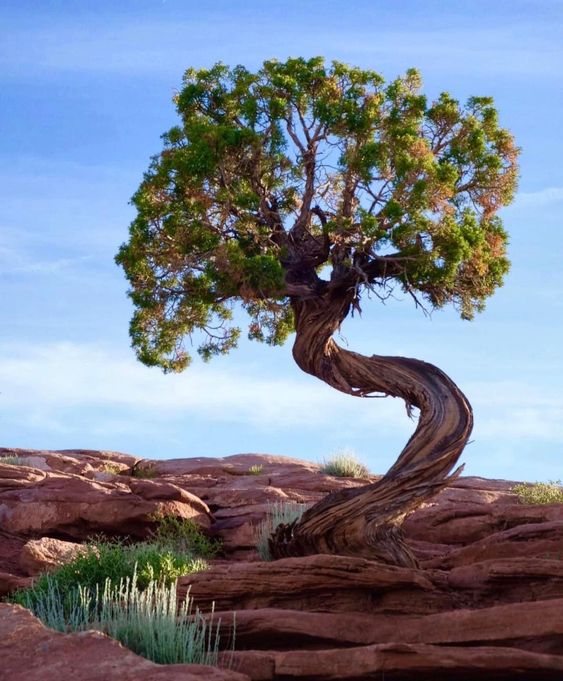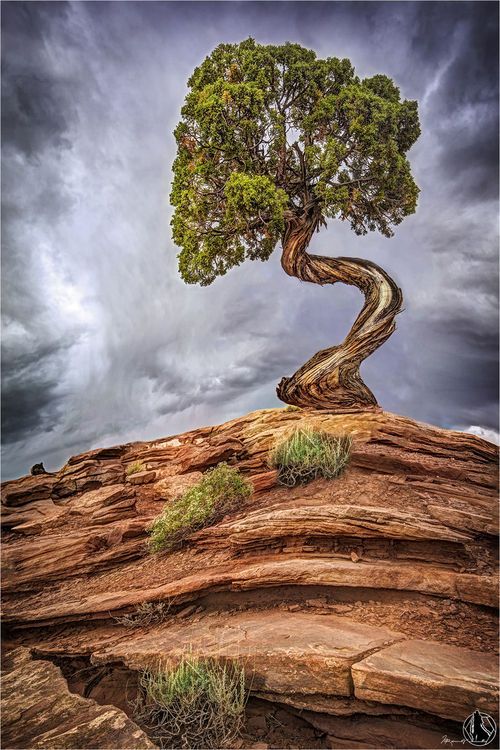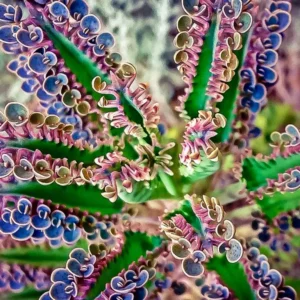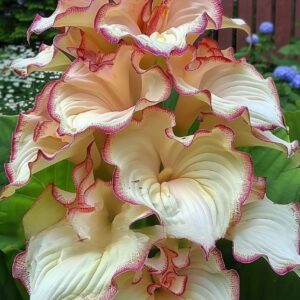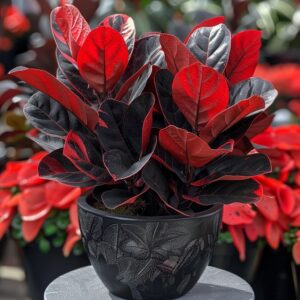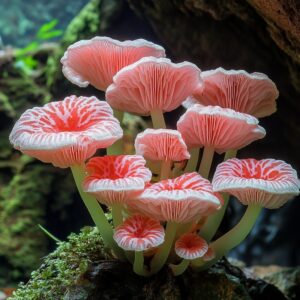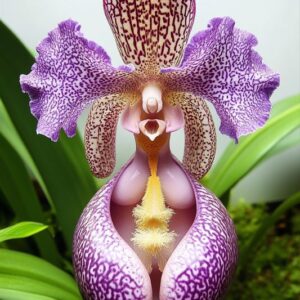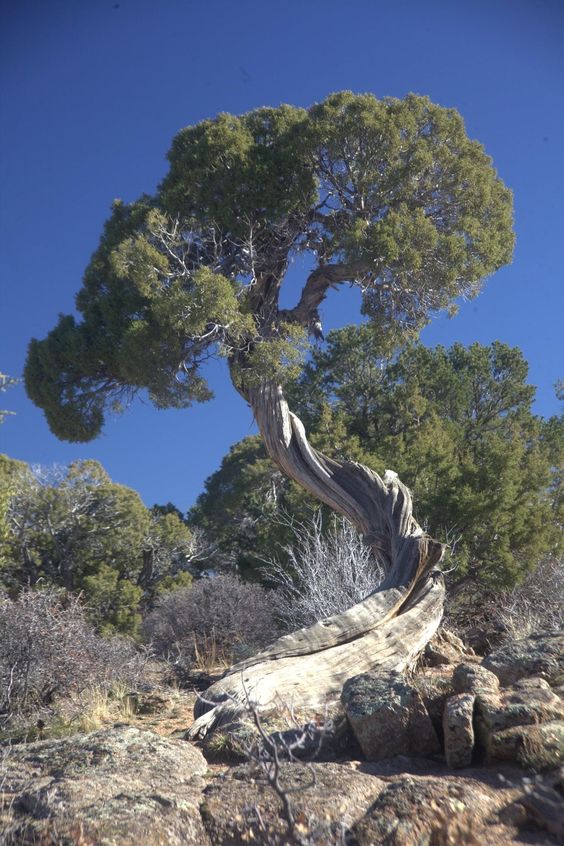
First up on our list is the Brazilian grape tree, also known as Jabυticaba. What sets this tree apart is its ability to produce fruit directly on its trunk. Unlike other fruit trees that bear fruit on their branches, the Brazilian grape produces grape-like clusters on its trunk, creating a surreal and eye-catching sight. The tree’s bark is also distinctive, with a smooth, light-gray texture that provides a beautiful contrast to the deep purple fruit.
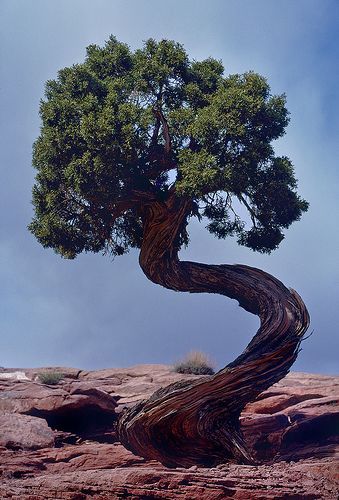
Another tree that boasts unique bark patterns is the paperbark maple. The bark of this tree peels off these paper-like leaves, revealing vibrant, reddish-brown bark that peels off in the sunlight. This distinctive bark pattern adds a stunning visual element to the tree, making it a popular choice for landscaping and garden design.
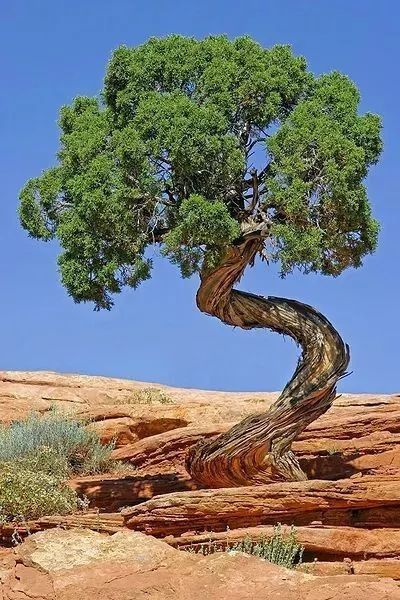
Moving on to the southern magpolia, this tree is known for its large, glossy green leaves and fragrant white flowers. However, what makes it truly eye-catching is the underside of its leaves, which are covered in a thick layer of soft, velvety fur. This furry texture is not only visually striking, but also helps protect the leaves from moisture loss and insect damage.
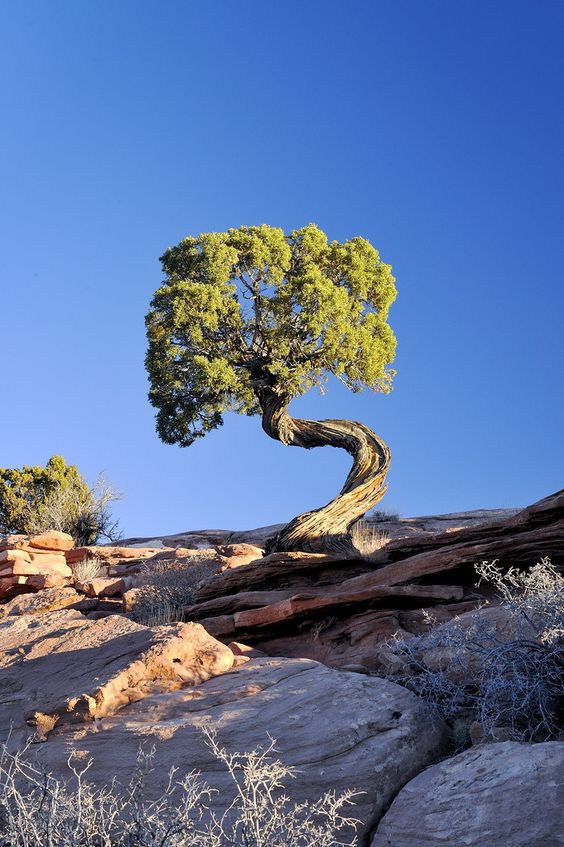
Lastly, we have the rainbow eucalyptus, a tall tree with a trunk that resembles a rainbow. As the tree sheds its bark, a spectrum of colors is revealed, ranging from Greek and blue to orange and brown. This stunning display of color has made the rainbow eucalyptus a popular choice for landscaping and forestry, and many people use it as a way to add color and vibrancy to their surroundings.

Together, these distinctive trees remind us of the infinite beauty and wonder of nature. Each tree has its own unique characteristics and qualities, adding to the rich tapestry of life on Earth. Whether it is the fruit-bearing Brazilian grape tree, the papery bark of the paperbark maple, the hairy leaves of the southern maglia, or the rainbow trunk of the rainbow eucalyptus, these trees are a true testament to the diversity and creativity of the homeland world.
